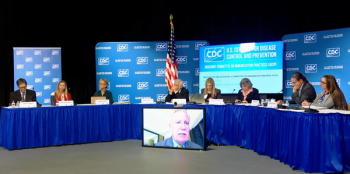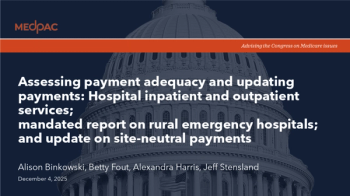
Competition pushes down Marketplace health insurance premiums
Tax credits a factor for future insurance rates.
More competition has pushed down prices for
Meanwhile, if
The figures were included in two recent studies by the
Health insurance premiums
Health insurance premiums in the
From 2021 to 2022, national average benchmark premiums fell 1.8%, with 32 states posting benchmark premium reductions and 18 with increases. Florida had no change, according to the Urban Institute.
Those decreases followed
“Premium prices varied considerably across states,” the study said. There were 11 states posting average benchmark premiums above $500 a month, and six states with premiums below $365 a month, based on a 40-year-old nonsmoking insured.
Variations depended on types and numbers of insurers, along with unemployment rates. The study used the jobless rate as a proxy for the severity of COVID-19 outbreaks in rating regions, leading to higher premium increases based on more job losses.
More insurers in 2022 “had a strong negative effect on benchmark premium increases,” the study said.
Tax credits
The American Rescue Plan Act of 2021 increased premium tax credits for
The tax credits are set to expire after 2022. If they are not extended, the researchers predicted individuals and families enrolled in Marketplace coverage would “pay hundreds of dollars more per person each year in premiums,” in some cases, about $2,000 more per year.
Largest coverage losses will be among the non-Hispanic Black population, young adults and people with incomes between 138% and 400% of the federal poverty level, the study said.
Newsletter
Stay informed and empowered with Medical Economics enewsletter, delivering expert insights, financial strategies, practice management tips and technology trends — tailored for today’s physicians.
















